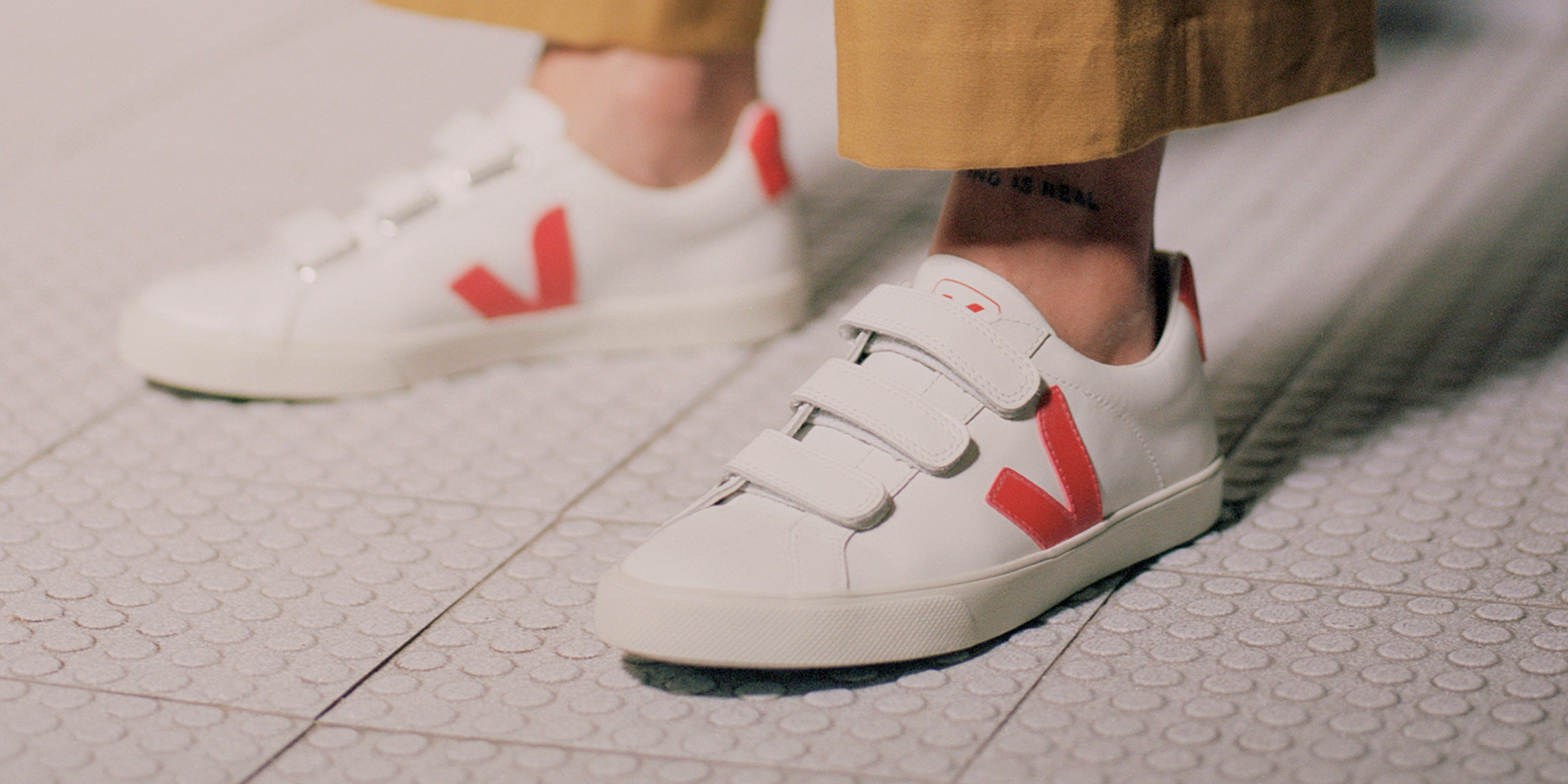Our editors curate highly rated brands that are first assessed by our rigorous ratings system. Buying through our links may earn us a commission—supporting the work we do. Learn more.
Is Lululemon as dedicated to “active sustainability” as it says? How ethical is Lululemon, really? Sadly calling Lululemon “ethical” is a bit of a stretch, and we rate the brand “Not Good Enough”. This article is based on the Lululemon rating published in January 2024 and may not reflect claims the brand has made since then. Our ratings analysts are constantly rerating the thousands of brands you can check on our directory.
Is Lululemon ethical or sustainable? That’s a bit of a stretch
Lululemon is a high-end activewear chain that offers yoga-inspired athletic apparel for most sweaty pursuits. While the brand claims to be dedicated to “sustainable practice”, does it really put its best foot forward for people, the planet, and animals? Or is it a s-t-r-e-t-c-h to call it ethical? Read on to find out what its impact is really like as we answer the question: how ethical is Lululemon?
Environmental impact
Lululemon claims sustainability as one of its core principles, but its environmental impact is “Not Good Enough”, and it hasn’t changed since our previous analysis of the brand in January 2022.
Lululemon only uses some lower-impact materials, including recycled materials. While it has set a science-based target to make a 60% reduction in greenhouse gas emissions generated from its owned operations and supply chain by 2030, it is unclear whether it’s on track to meet its target. There is no evidence it has taken meaningful action to protect biodiversity in its supply chain or to minimise microplastic impacts, either. This last part is especially worrying as nylon and polyester, two non-biodegradable, fossil fuel-derived materials that have the potential to release harmful microfibres that pollute the environment, are Lululemon’s largest procured materials by weight. In the Arctic, studies have found that nearly three-quarters of microplastic pollution comes from polyester, and these big brands that still rely heavily on polyester while claiming to be sustainable have a huge responsibility to address their usage. And while Lululemon is working towards switching to recycled nylon and polyester, which are better alternatives to virgin materials, it still isn’t enough.
On the sustainability section of its website, Lululemon talks about ways to improve environmental impact. Although this is positive, it doesn’t reflect any meaningful action. For a global brand such as Lululemon, there is no excuse not to do its part for the environment.
Labour conditions
Regarding workers, Lululemon falls short again, with a “Not Good Enough” rating. Some of Lululemon’s final production stage is certified by Fair Labor Association (FLA), which is an improvement from past ratings where none of the brand’s supply chain was certified, but the “good” news ends here.
There is no evidence the brand implements practices to support diversity and inclusion in its supply chain, and while it claims to have a program to improve wages, we found no evidence that workers are paid a living wage. It received a score of 51-60% in the Fashion Transparency Index, and to top it all off, the brand sources its final stage of production from countries with extreme risk of labour abuse. It has also been linked with cotton sourcing from the Xinjiang region in China, where there is a risk of using Uyghur forced labour. The brand has taken insufficient steps to remediate.
Animal welfare
Lululemon’s score for animals now “Not Good Enough”, a drop from its previous score of “It’s a Start”. While it does not use fur, angora, leather, or exotic animal skin, there is no evidence that it has a policy in place to minimise the suffering of animals. It uses down feathers accredited by the Responsible Down Standard, which is a plus, but it also uses wool, silk, and exotic animal hair. It traces some animal products to the first stage of production, but still has a long way to go in this area.
Overall rating: ‘Not Good Enough’
So, how ethical is Lululemon? Based on information from our research in January 2024, we’ve given Lululemon an overall rating of “Not Good Enough”. When it comes to labour, we’re glad to see some level of transparency in the supply chain, but it still falls short. If the brand’s employees aren’t being paid a living wage, it’s simply not good enough to be considered truly ethical conduct. On the environment front, we’d like to see less talk and more action, especially when it comes to managing the impacts of microplastics.
Note that Good On You ratings consider hundreds of issues, and it is not possible to list every relevant issue in a summary of the brand’s performance. For more information, see our How We Rate page and our FAQs.
Luckily there are numerous more ethical activewear brands that have our full support, which you can see below.
Good swaps
“Good” and “Great” alternatives to Lululemon




























